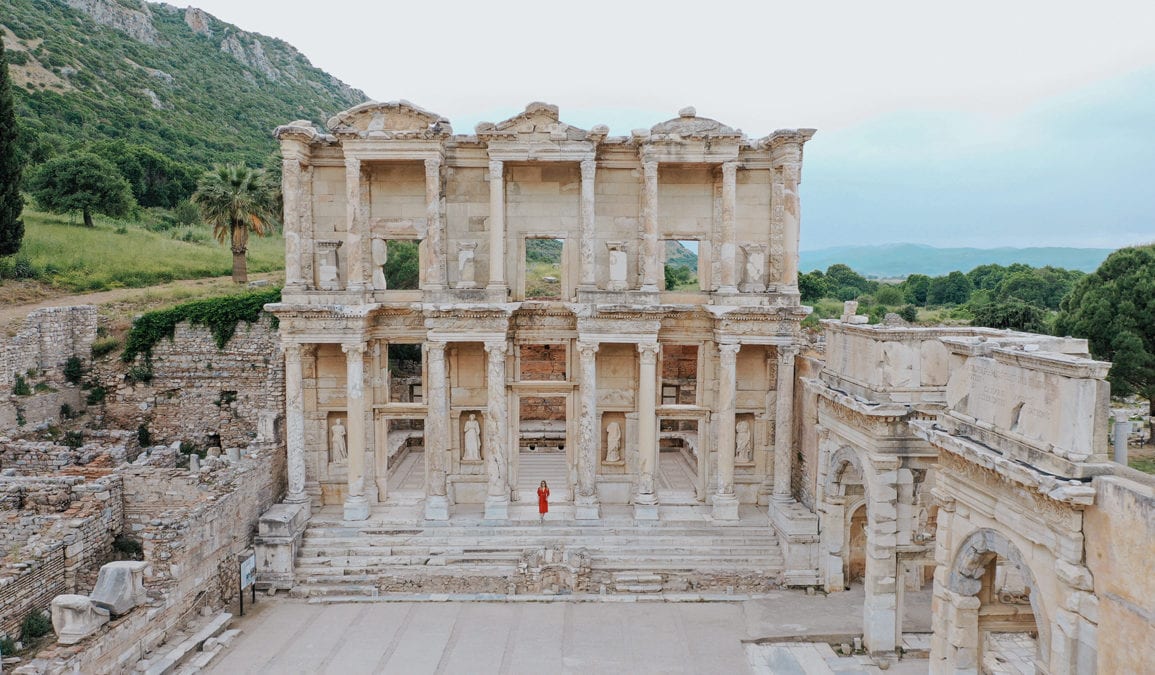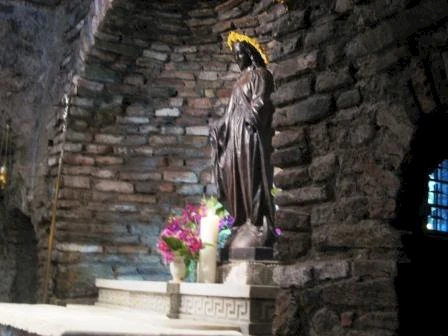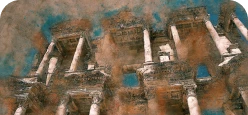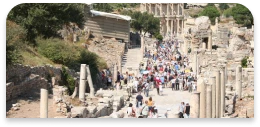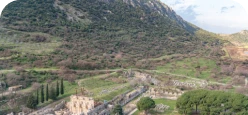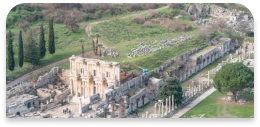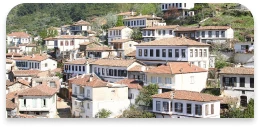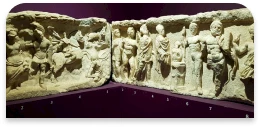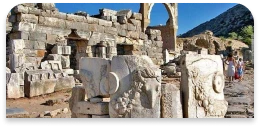Excavations in Ephesus
Excavations in Ephesus
Great effort is being devoted to excavating Ephesus and its surroundings and to uncovering the history of the ages through its ruins. The British engineer J. T. Wood directed the first archaeological investigations from 1869 onward, under the auspices of the British Museum.
John Turtle Wood was an English engineer and architect who was employed by the Ottoman Railway Company from 1858, and between 1863-1874 in order to design railway stations for Izmir and Aydın Railway. He is famous for being the discoverer of the Great Temple of Artemis, one of the seven wonders of the world as well as Ephesus City. The remains of the Temple of Artemis had disappeared over time and there were no physical evidences above the ground as Ephesus City was abandoned shortly after the city lost its harbour due to the silting up. By the 19th century, the Temple of Artemis was known only from history and many people even doubted whether the Temple of Artemis ever existed as all trace of it above the ground had disappeared.
J.T. Wood initiated a search for the Artemision or Temple of Artemis of the Ephesians in the 1860s.
Ephesus by repeatedly digging trenches with a crew of workmen (Romer and Romer,
2000). After repeated failures, Wood discovered an inscription in marble near the
location of the Theater of Ephesus in the Hellenistic Roman city of Ephesus. The
inscription alluded to processions along the Sacred Way (Via Sacra) via the Magnesian
Gate of the southeastern walls of the city of Ephesus and then across the plain to the
Artemision. With this clue, Wood and his workmen proceeded to dig trenches along
the edge of the marble-paved roadway from the Magnesian Gate skirting around the
base of Mount Pion and then to the Artemision (Figure 6). In this remarkable case
of detective work, Wood “rediscovered” the foundations and remaining ruins of the
Artemision. Disappointingly, there was much evidence of destruction of the
Artemision’s marble by local lime kilns. Later, it became evident that large portions
of the marble from the destroyed Artemision (abandoned after 400 A.D.) were recy-
cled into the construction of the Byzantine cathedral of St. John on the adjacent
Ayasuluk hill, and later into the Isa Bey Mosque situated at the base of Ayasuluk hill
near the Artemision. This is an example of the concentration or clustering of sacred
sites from one religion to another in the same vicinity. In fact, Wood was following
the Via Sacra of early Roman Imperial time. This sacred road extended from the
Magnesian Gate around the eastern flank of Mount Pion to the Artemision and back
to Ephesus along the northern flank of Mount Pion. Portions of this road were impass-
able in earlier Hellenistic times because of the marine waters that lay tight against
the foot of the northern flanks of Mount Pion
The excavations of the Austrian Archaeological Institute, which continue to this day, began in 1895 under Otto Benndorf. He received permission to excavate from the Ottoman Sultan and brought up a good part of Ephesus in the course of his research. After the foundation of the Turkish Republic, the government transferred everything to state ownership. The Austrian excavations kept on except for the two war world wars, and have continued uninterrupted since 1954.
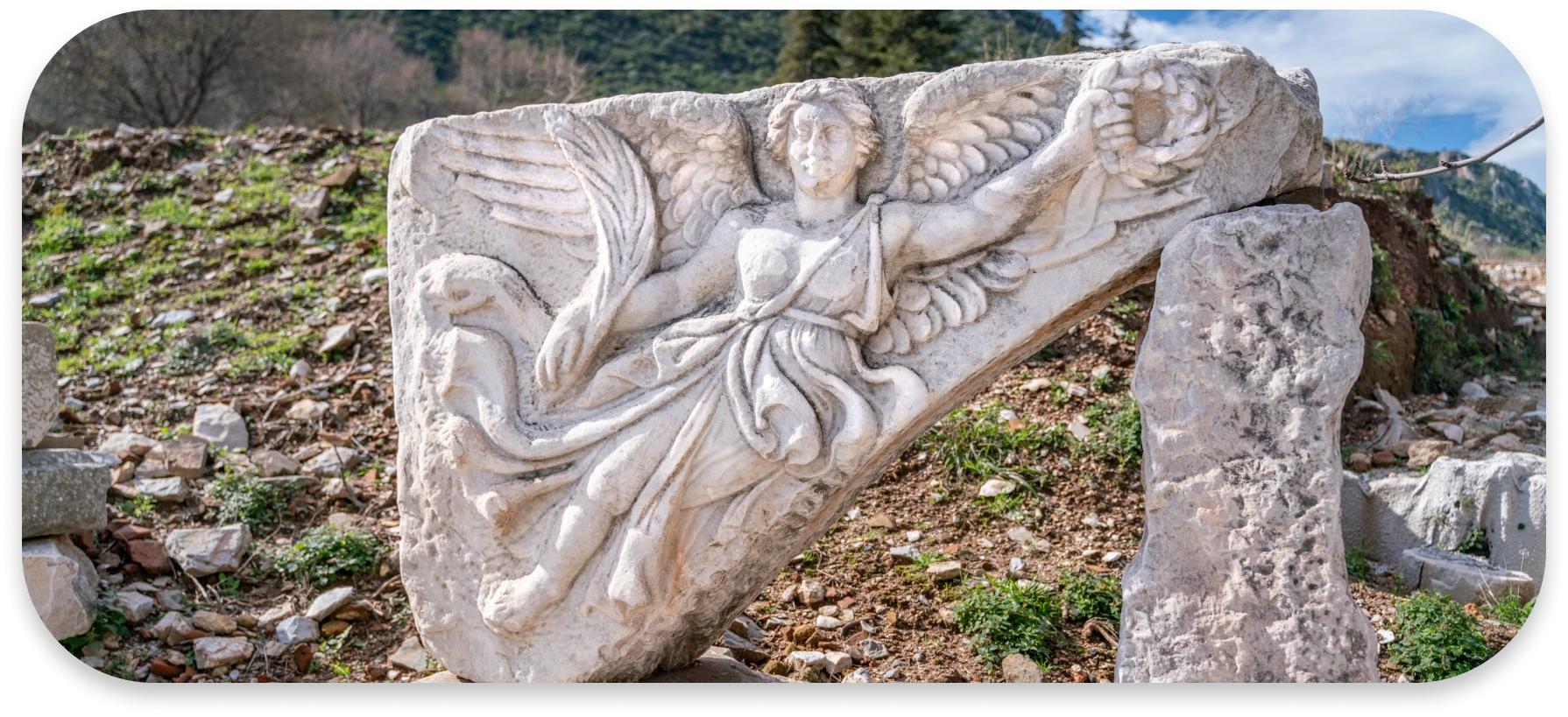
Since 1954, excavations and restorations have been carried out not only by the Austrian Institute, but also by the archaeologists of the Ephesus Museum. In their intensive work since 1954, they have uncovered and restored important structures. The Ministry of Culture and Tourism accelerated this cooperative work in 1979 through its program "Selcuk- Ephesus Excavations, Restorations, and Systematization of its Environs."
In recent years, new perspective informs the project. The main accent no longer lies so much on the excavation of further buildings and public spaces, but more on the care and pereservation of the buildings that have already been discovered. Accordingly, the project has restored important structures and monuments in the past fifteen years.
In the course of the excavations, which have now lasted over a century, only ten percent of the ancient city of Ephesus has been unearthed.
Excavations in Ephesus will go on for many years together with restoration works.
Private Ephesus Tour
%100 satisfaction guarantee


